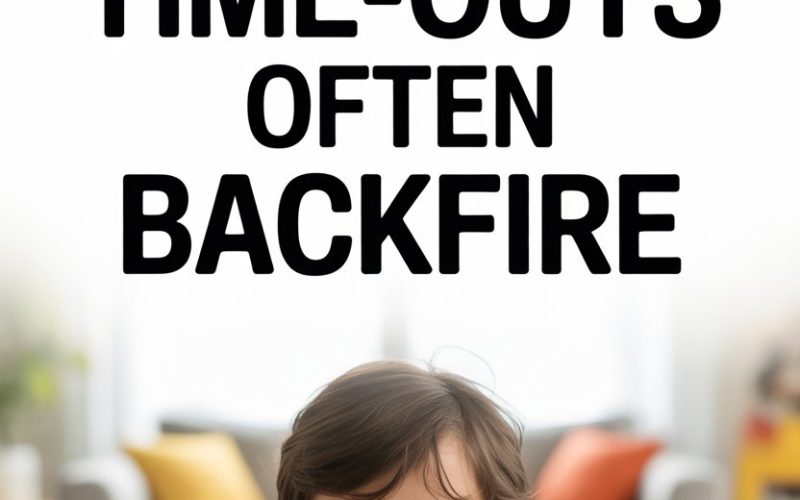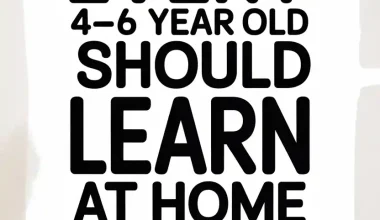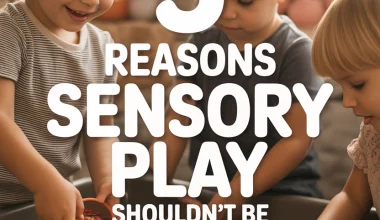Ah, the time-out: that trusty tool we pluck from the parenting toolbox when sibling squabbles hit DEFCON 1 or the biscuit jar becomes a battlefield.
The method has been championed by every other parenting book, promised to “reset” your small human’s behaviour, and—bonus!—offers you a chance for a much-needed cup of tea.
But if you’ve ever found yourself dishing out repeat time-outs with all the effectiveness of a chocolate teapot, you’re not alone.
Here’s the not-so-quiet secret in parenting circles: time-outs often backfire. Let’s pull back the curtain and see why.
Why Was Time-Out Invented, Anyway?
Before the time-out, there was spanking, shouting, and the old “wait till your father gets home” routine.
The time-out was meant to be a kinder, gentler alternative—a cool-down period that would teach children about consequence without crushing their spirits.
The idea came from early child psychology research, which suggested that removing kids from the scene of the crime would help them reflect on their actions and learn to self-regulate. (Journal of Developmental and Behavioral Pediatrics)
Lovely in theory. Messy in actual family life.
Kids Don’t Always Get the Message
To adults, sitting quietly for five minutes seems like a generous slice of peace. To a three-year-old? It’s eternity.
But more importantly, especially for toddlers and preschoolers, the message we think we’re sending (“think about what you did”) rarely matches what they receive.
Young children process emotions through connection, not isolation.
They’re not scheming, mini Bond villains calculating their next move—they’re overwhelmed, confused, and often can’t recall why they’re in trouble in the first place. (Source: Zero to Three)
Ever watched a child emerge from time-out, only to repeat the exact behaviour moments later? Not a cognitive power play—just their brain doing its best with more emotions than sense.
“You’re Not Listening!”—But Neither Are We
Picture this: you’ve had a shocking day at work, you vent to your partner, and they say, “Go sit in the laundry room until you can talk nicely.”
Odds are, you’ll come out plotting revenge or, at the very least, fuming—not reflecting on your crimes with enlightenment.
Kids are no different. Time-out often communicates, “You’re too much for me right now,” which can leave them feeling rejected or misunderstood.
Over time, some children internalise this as “I’m bad,” while others just get louder, more defiant, or expert at going limp noodle when you try to escort them to the Naughty Step.
Connection, Not Isolation, Changes Behaviour
Children crave connection—especially when their behaviour is at its worst. That’s when they need reassurance, not banishment.
Some experts call this concept “time-in,” where you sit quietly with your child, helping them ride out the emotional storm together. (Source: Dr. Daniel Siegel, author of The Whole-Brain Child)
This isn’t the same as letting chaos reign. Boundaries still matter (your child shouldn’t get to whack their sibling with a spatula), but the correction happens in the context of relationship, not punishment.
It’s Not About Manipulation, It’s About Brain Development
Young kids’ brains just aren’t wired to hit pause, reflect on moral lessons, and plot a better path next time.
Most children under six struggle with impulse control because the part of the brain that manages these skills—the prefrontal cortex—is still under construction. (Source: Harvard University Center on the Developing Child)
So, when you send them away to “think about what you did,” you’re asking a bicycle to drive down the motorway. Not happening.
Escalation: The Power Struggle Spiral
Ever found yourself in a hostage negotiation to get your child onto the time-out chair? Or, better yet, physically holding them there, counting the seconds and hoping your neighbours aren’t listening through the walls?
Congratulations, you’ve entered the time-out arms race.
For some kids, the battle of wills becomes more interesting than whatever they did wrong. Suddenly, the offence is forgotten, and the family’s energy is spent enforcing the punishment rather than addressing the behaviour.
Meanwhile, your child is learning that the real “game” is about power, not understanding or growth.
Shame vs. Guilt: The Emotional Aftershocks
There’s a fine line between “what you did was not OK” and “you are not OK.” Too often, time-outs tiptoe over that line.
Some kids emerge from the corner feeling ashamed, which research tells us can increase sneaky behaviour or lying (Source: Journal of Clinical Child & Adolescent Psychology)
The goal is for children to feel guilt over the action (“I shouldn’t have hit my brother”), not shame about themselves (“I’m a bad kid”). Time-out, especially if it’s cold or punitive, tends to blur these wires.
The Repetition Blues: When Time-Outs Become Routine
If you’ve tried time-out more than three times in a day and the offences aren’t dropping off, your child’s not plotting a coup. They’ve just tuned out the “lesson” and maybe even see the punishment as a weird family tradition.
Like singing “Happy Birthday,” but with more shrieking.
Repetitive time-outs signal that the strategy isn’t working, but it’s hard to pivot when you’re in the trenches.
When Time-Outs Can Work (But Rarely Do)
Some children, especially those who are older or naturally introspective, genuinely benefit from a quiet space to cool down. For these kids, a self-directed break (not an exile) can be restorative.
But kids under five? Usually, they need more support to co-regulate. Think “let’s take a breath together,” not “go stew in your room until you can be civil.”
Better Alternatives to Time-Out
If you’re ready to retire the Naughty Step, here are a few less isolating, more connected options:
- Time-In: When your child is losing the plot, sit beside them. Validate their feelings (“You’re really angry. I’m here.”) and help them calm down before talking about what happened.
- Redirection: Especially for younger kids, guide attention elsewhere. “Balls are for throwing. Let’s see how far you can roll it outside.”
- Collaborative Problem Solving: For older preschoolers and school-aged children, engage them in figuring out solutions. “You and your sister both want the same toy. How can we make this work?”
- Consequences That Teach: If your child spills water intentionally, hand them a towel with you alongside. “We all help clean up our messes.”
- Emotion Coaching: Name the feeling. “You’re frustrated because you wanted more TV time. That’s tough. Let’s think of something else we can do.”
These aren’t magic wands.
Kids will still push boundaries; you may still yearn for a padded cell. But these strategies build skills, not just obedience.
Making It Work for Your Family
Change won’t happen overnight. If your child is used to time-outs, they might test your new approach—just to see if you really mean it.
Stick with it. Explain the shift: “We’re trying something new. When you’re upset, we’ll work together to calm down.”
You may be surprised how quickly children respond to a little more connection and a lot less cold shoulder.
And if you do slip and issue a time-out in a moment of desperation? Welcome to the club.
Parenting isn’t about perfection—it’s about repair. Circle back, hug it out, and try again next time.
When You’re at the End of Your Tether
Sometimes, you genuinely need a break. Rather than banishing your child, announce, “Mum needs a time-out. I’ll be back in five minutes.” Model self-care and self-regulation in real time.
This not only gives you space to breathe but shows your child that everyone has limits and that taking a breather is a healthy tool, not a punishment.
What If You’ve Been Using Time-Outs for Years?
It’s never too late to change course. Children are marvelously adaptable, and so are you.
If you’re worried about “consistency,” know that consistency is about your presence and love, not the exact discipline method.
Share with your child (age-appropriately) why you’re making the switch. “I want to help you when you’re upset, not just send you away.”
Kids respect honesty—sometimes more than we expect.
A Kinder Reset Button
The next time your child’s behaviour has you reaching for the timer, remember: the best discipline happens in the context of a warm, safe relationship.
The time-out promised discipline without drama, but connection is what helps kids grow resilient and secure.
And if all else fails—tea, chocolate, and a sympathetic friend on the other end of a WhatsApp message can do wonders.
Here’s to fewer trips to the Naughty Step and more moments of genuine connection—even in the chaos.





